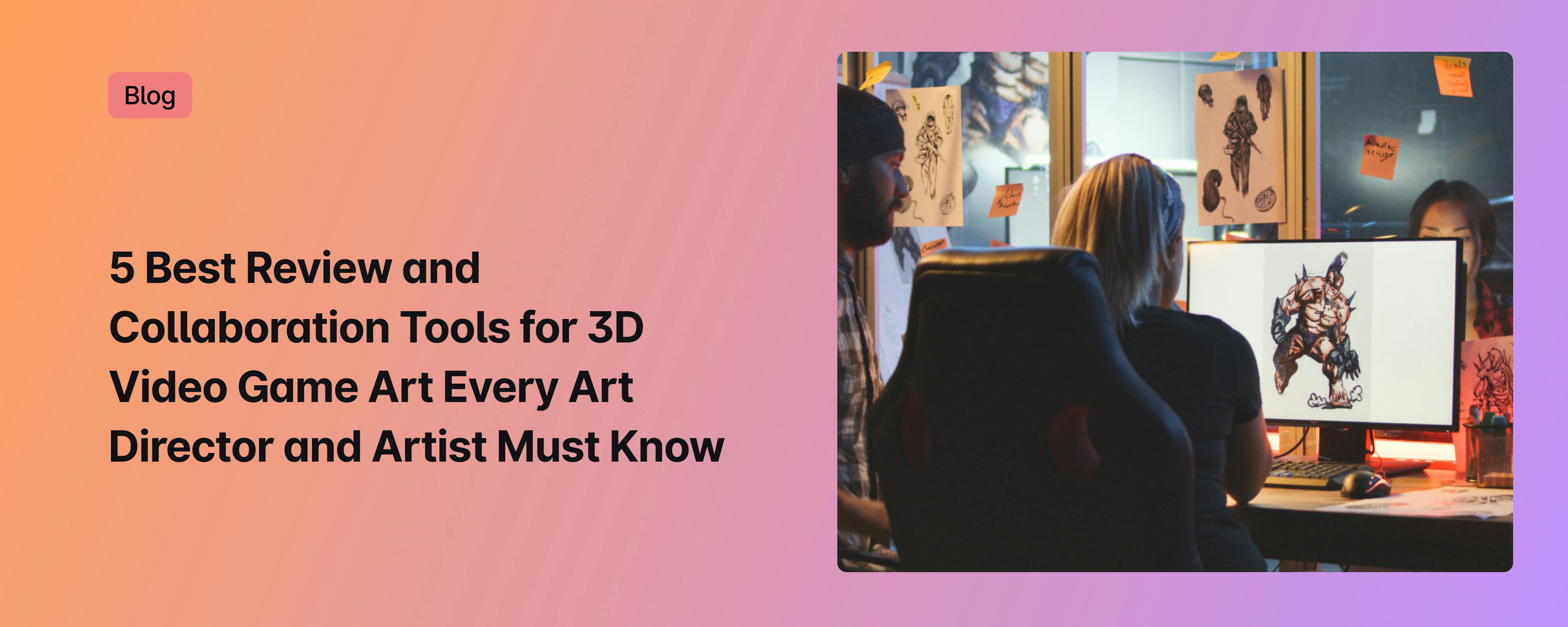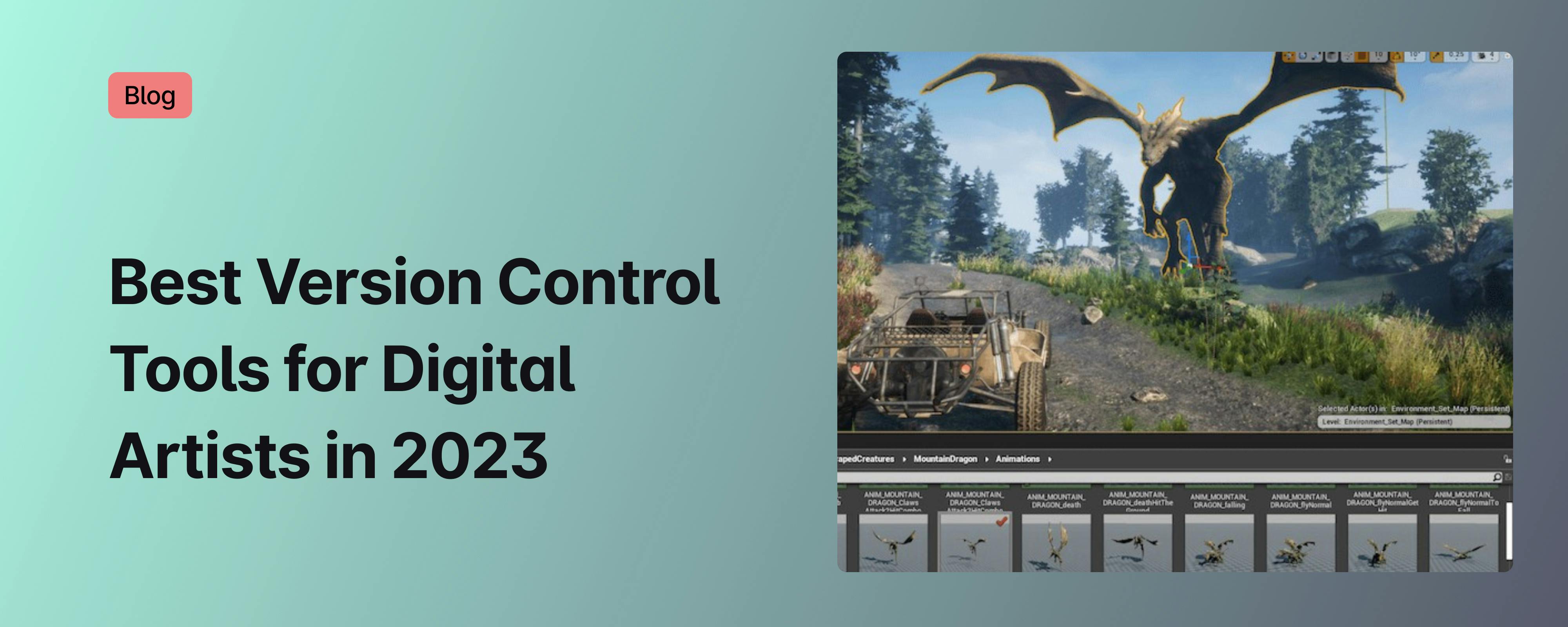How Unreal Engine 5 Empowers Small Game Studios with AI and Automation to Create AAA-Quality Games
UE5: The Future of Game Development

.jpeg?ixlib=gatsbyFP&auto=compress%2Cformat&fit=max&w=2000&h=733)
Unreal Engine 5, developed by Epic Games, offers next-generation graphics and powerful automation systems that allow game developers to create highly realistic and immersive environments and characters. Since its release in May 2021, UE5 has been widely adopted by game developers around the world, including many indie developers who want to make games that look just as good as AAA titles.
Unreal Engine 5 was developed by Epic Games, a leading game development studio known for creating popular games with household recognition such as Fortnite and Gears of War. The first version of Unreal Engine was released in 1998. UE5 was released in May 2021 and took the game developer community by storm.
One of the most notable features of UE5 is its support for next-generation graphics like ray-tracing and global illumination, which allow developers to create highly realistic and immersive environments and characters. UE5 also offers a robust animation system and a powerful audio system that showcases the talents of video game artists in ways that we haven’t seen before. Since its release, UE5 has been widely adopted by game developers around the world, including many indie developers who want to make games that look just as good as AAA titles.
Some remarkable games built on Unreal Engine 5 include:
Fortnite
- Fortnite is a wildly popular game developed by Epic Games that has achieved widespread success and gained a massive player base. The latest version of Fortnite was released in 2020 and built on UE5, and it's impossible to understate the success of Fortnite as a flagship title since the game has made billions of dollars in revenue for Epic.
Ghost of Tsushima
- Ghost of Tsushima was developed by Sucker Punch Productions and released in 2020. Ghost of Tsushima showcases the capabilities of Unreal Engine in creating highly realistic and visually stunning gaming experiences.
.jpeg?ixlib=gatsbyFP&auto=compress%2Cformat&fit=max&w=1460&h=821)
Returnal
- Returnal by Housemarque was released in 2021 and built on UE5 and praised for stunning graphics and immersive gameplay.
Godfall
- Godfall by Counterplay Games was released in 2020 and is one of the first games built on UE5, praised for beautiful visuals and fast-paced gameplay.
.png?ixlib=gatsbyFP&auto=compress%2Cformat&fit=max&w=1400&h=787)
UE5 offers a remarkable suite of built-in features that empower small teams to create immersive, next-generation games that rival the quality of AAA titles. One of the key ways that UE5 enables smaller studios to achieve this level of quality is through the use of automation and AI.
Procedural Generation
Procedural generation uses AI to automatically generate content for games. This can include things like levels, environments, characters, and other game elements. In Unreal Engine 5, developers can use the engine's built-in tools and features to create procedural generation systems for their games.
One of the benefits of using procedural generation is that it can save time and resources during game development. Developers can use procedural generation to automatically generate content based on certain rules or parameters. This can be especially useful for games with large, open worlds or for games that feature procedurally generated content as a core gameplay mechanic.
Procedural generation can also add an element of replayability to games. Each playthrough of the game can be unique, keeping the experience fresh. The potential for enriching a new playthrough of a well-loved game with procedural generation shouldn’t be understated. Developers could build worlds that change over time as a consequence of the player’s actions, with environments that evolve dynamically and respond to events in meaningful ways.
Procedural generation is a powerful tool that can be used to create a wide range of content for games. In UE5, developers have access to a range of tools and features that make it easy to implement procedural generation systems in their games and developers are going to use them. As more games are used to train these systems, they will become better, however, it’s important to note that the rate at which AI-powered procedural generation systems improve will still depend on the quality of the games that the AI systems are trained on.
Blueprints
Blueprints is a visual scripting system that is included with UE5. It allows artists to create gameplay logic and behavior without having to write code. This can be especially useful for artists who want to prototype gameplay ideas or create interactive elements in their games, but who may not have a background in programming.
Blueprints work by allowing artists to create visual representations of gameplay logic using nodes and connections. These nodes represent different actions or events that can be triggered in the game, and the connections between the nodes represent the flow of control from one action or event to another. Think of this as a visual shorthand for your code.
Using Blueprints, artists can create complex gameplay systems and behaviors by connecting together nodes in a visual flowchart. Artists could use Blueprints to create a character that moves around the game world, interacts with objects and NPCs, and responds to player input.
Blueprints empower artists to create gameplay logic and behavior without having to write code. It can be especially useful for artists who want to prototype gameplay ideas or create interactive elements in their games, and it can help to streamline the game development process and make it a more collaborative process. Artists bring a wealth of ideas, unique skills, and valuable perspectives to the table, and by including them in gameplay design you end up with something that is greater than the sum of its parts.
Megascans asset library and Metahumans
Megascans is a library of high-quality, scanned 3D assets that is developed by Quixel and is included with Unreal Engine 5. The library includes a wide range of assets, including textures, materials, plants, rocks, and other environmental elements, as well as a range of objects and props.
One of the key benefits of Megascans is that the assets included in the library are all high-quality and realistic, making it easy for artists to create immersive and believable environments and characters in their games. The assets are also easy to use, with a range of tools and features that allow artists to quickly and easily mix and match different assets to create the look and feel they want.
.jpeg?ixlib=gatsbyFP&auto=compress%2Cformat&fit=max&w=2000&h=1125)
Megascans is a library of high-quality, scanned 3D assets that is developed by Quixel and is included with Unreal Engine 5.
In addition to the Megascans library, Quixel also offers a range of other tools and resources for game developers, including the Quixel app, which allows artists to scan real-world objects and create 3D assets from them.
Metahumans
Metahumans is a feature in UE5 that allows artists to generate customizable human characters that are ready-built for animation. Using Metahumans, artists can quickly and easily create human characters with a range of different features and appearances and build out these templates with custom skins, using their own textures, materials and geometry modifications to make entirely unique designs.
.jpeg?ixlib=gatsbyFP&auto=compress%2Cformat&fit=max&w=2000&h=1125)

Metahumans is a feature in Unreal Engine 5 that allows artists to quickly and easily create customizable human characters that are ready-built for animation.
The Future of Game Development
As technology continues to advance, it is likely that automation and AI will play an increasingly important role in game development. Automation tools and techniques can help to streamline the development process and allow artists to focus on creating high-quality assets and gameplay elements.
At the same time, AI technology is also advancing rapidly, and it is likely that we will see more and more games that use AI to generate content, create unique gameplay experiences, and even design levels and environments. This could lead to new and exciting opportunities for artists to work alongside AI and create games that are truly unique and innovative.
While AI and automation can certainly be powerful tools that can help streamline the development process and create unique gameplay experiences, it is important to remember that they are not replacements for human creativity and skill.
Game developers and artists can be pragmatic about the role of AI and automation in their work by keeping up to date with the latest developments in these technologies and learning how to use them effectively. This can involve learning how to use AI and automation tools and techniques, as well as understanding the limitations of these technologies and how to work around them.
By taking a pragmatic approach to AI and automation, artists can find ways to use these technologies to enhance their work and create better games, while also maintaining their own unique creative vision and skills.
Transparency
The game industry is generally not known for being particularly transparent about its use of technology, including AI. This can be due to various factors, including concerns about intellectual property, competitive advantage, and player privacy, as well as the typical opacity that shrouds a game’s development cycle.
There is increasing pressure on the game industry to be more transparent about its use of AI and other technologies, both from players and regulators. Players are increasingly interested in understanding the role that AI plays in their games and how their data is being used, and regulators are beginning to take a closer look at the use of AI in the industry.
As a result, it is likely that we will see more transparency in the game industry when it comes to the use of AI and other technologies. However, it is still important for game developers and artists to be proactive about being transparent and communicating clearly with players about the role of AI in their games.
There are several ways that artists and game developers can be more transparent about how they are using AI in their work:
- Clearly communicate the role of AI in the game: explaining how AI is being used to generate content, create gameplay experiences, or design levels and environments.
- Provide information about the training data used: If your game is using AI that has been trained on data, it can be helpful to provide information about the data that was used to train the AI. This can help players to understand how the AI was created and how it makes decisions.
- Be transparent about any biases in the AI: If your game is using AI that has been trained on biased data, it is important to be transparent about this and to explain how the bias could affect the gameplay or content of the game.
- Provide information about how player data is collected and used: If your game is collecting player data to train or improve the AI, it is important to be transparent about how this data is collected and used. This can help to build trust and ensure that players feel comfortable with the use of AI in the game.
Conclusion
Unreal Engine 5 has the potential to transform the game development industry with its revolutionary technology, enabling developers at small studios to create immersive, visually stunning games that showcase the talents of video game artists through its support for next-generation graphics, a wealth of high-quality assets, and seamless integrations with existing workflows. The engine's procedural generation tools and Blueprints visual scripting system facilitates the creation and prototyping of gameplay ideas, streamlining the development process.
With the increasing use of AI and automation in game development comes a responsibility for developers to ensure transparency in their use of these technologies. This includes being transparent about how AI systems are trained and used, as well as considering the potential consequences of their implementation. As the adoption of UE5 increases and AI systems continue to be trained on more games, we can anticipate an influx of impressive, pioneering titles from small studios in the future.



